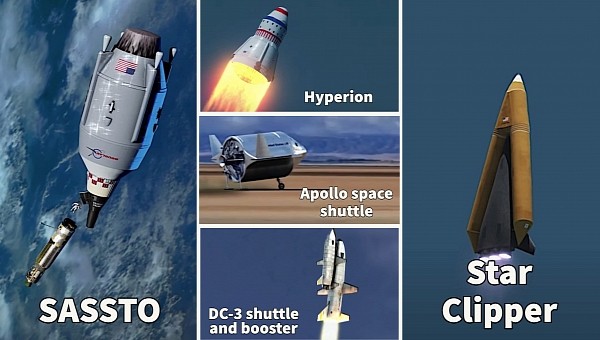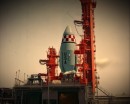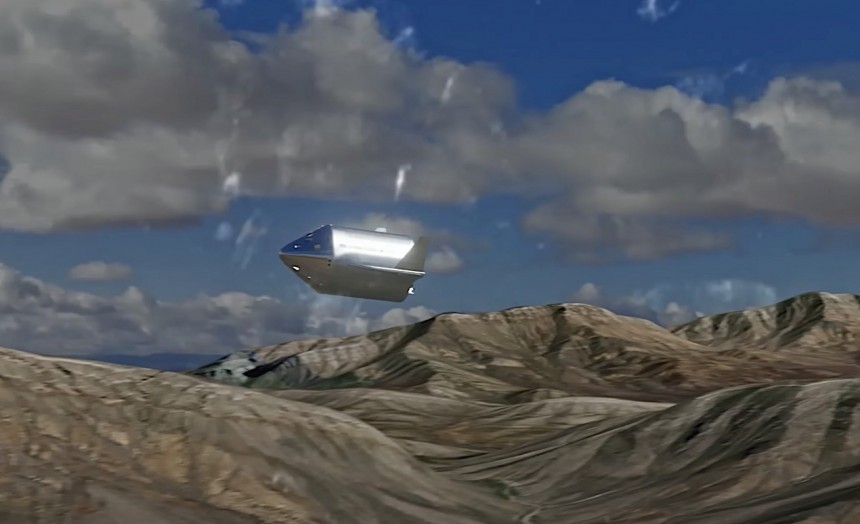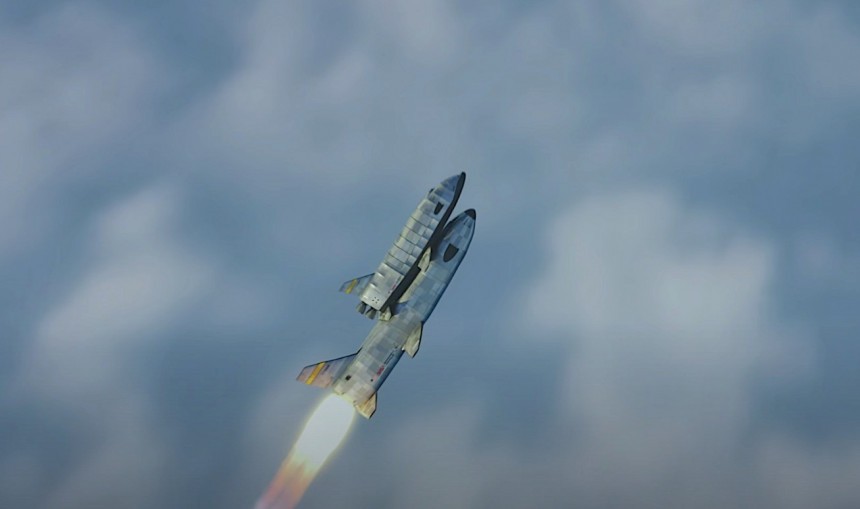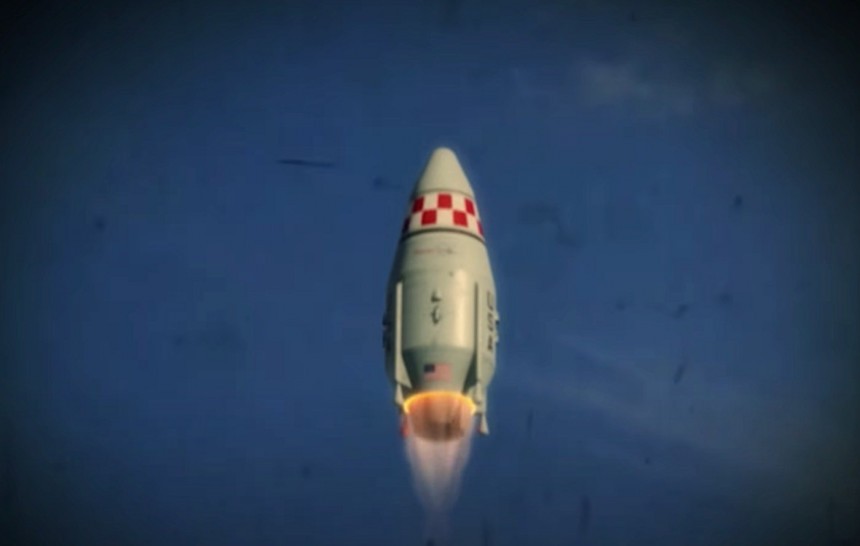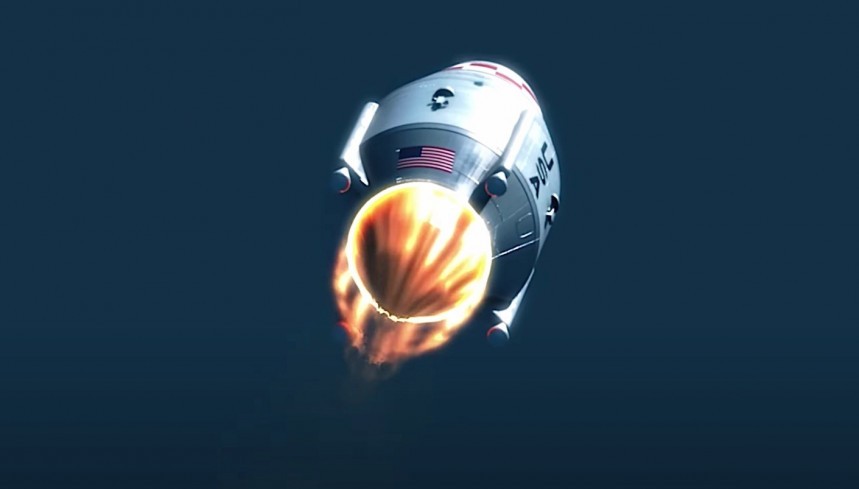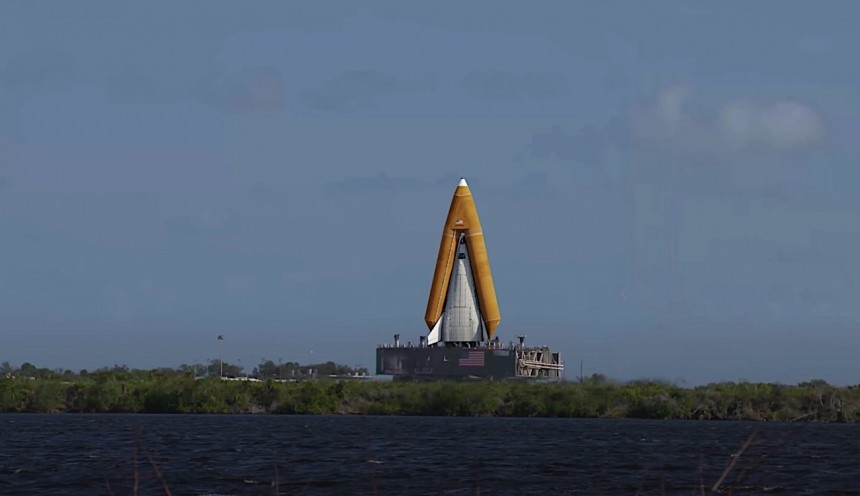Space exploration… This is a human endeavor we’re getting increasingly attached to, mostly thanks to the way in which private space companies have revolutionized this field, and in some small part, thanks to the way they’ve managed to sell it to the general public.
Humans have been going to space since early 1961, when Russian Yuri Gagarin flew past what we today know as the Karman line aboard a spacecraft called Vostok 1. Once in orbit, he circled the planet below just once, going at speeds of 27,400 kph (17,000 mph). He landed 108 minutes after lift-off, opening perhaps the most exciting chapter in human history: the space race.
It was thanks to this bitter competition between the U.S. and Soviet Russia that we humans landed on the Moon, sent spacecraft into the far reaches of the cosmos in search of life, landed machines on Mars, and built a laboratory in Earth orbit. In fact, everything you see going on today in space exploration, from the Artemis Moon exploration program to Elon Musk’s Starship, is partially happening because of the space race.
For all our successes, though, there have been many failures as well, some of them tragically ending in the loss of human life. But this insane race to be the first to do something also had a different kind of casualties: the rockets and spacecraft that were designed, but for various reasons, never came to be made.
Believe it or not, there have been plenty of spaceship concepts designed over the years, but very few actually got to be made. Most of the other remained in concept stage and never left the drawing boards, despite some of them promising to revolutionize space. That means in most cases we have no way of imagining what these ships might have looked like and behaved when in use.
Luckily, modern technology allows us to render these things, so we can get at least an idea of how our world would have looked had designs the likes of the National Launch System or the Boeing Leo made it into production.
Using these virtual recreations, many of which we’ve detailed extensively over the past couple of years, we decided it’s time to rank five of the best spaceship concepts of the 1960s that never made it into production. And by best I mean the ones with the greatest potential of revolutionizing the industry had they been made.
The Apollo program is perhaps the most successful space exploration effort ever undertaken. It landed human boots on the Moon a number of times, and should have marked the beginning of our species’ expansion into the solar system.
The main tools that helped astronauts of the era do that were the Saturn rocket and the Apollo modules, the spaceships themselves. Like all other such technologies back then, they were all single-use machines that had to be discarded after use.
But even in those early years, people working in this industry were considering reusable spaceships as cheaper ways to leave our planet. One of them was the Apollo Space Shuttle, born over at North American Aviation.
It was a strange mix between one-use capsules and the Space Shuttle that would arrive in the 1970s, with a small and fat body boasting a couple of wings and landing gear. Inside, there would be the crew compartment and a service module.
The thing was suitable for launch on top of Saturn rockets, but unlike all other spaceships of the era, it would land on runways, to be refurbished and used again.
Unlike the other concepts discussed here, this spacecraft got to be made, even if only as a 1/10 scale model. But then the Air Force made a request for the machine to be capable of landing at strips located 1,500 miles (2,400 km) from its re-entry point, and that was too much for the engineers of the time to be able to do.
An idea that predated the Space Shuttle, but was of about the same variety was the DC-3. Sure, it kind of looks like a flying shark carrying another flying shark on its back, but it is actually something the space engineers of the 1960s considered.
It was a concept put together by NASA’s Manned Spacecraft Center Maxime Faget and should have been developed by North American Aviation. It remained, however, just a NASA idea that never came to be, for reasons that are lost to history.
The DC-3 would have taken off strapped to a booster, just like the actual Space Shuttle eventually did. Only this time, both the spaceship and its rocket as well were equipped with wings.
That’s because both of them, booster included, would eventually glide down to a runway, to be used for subsequent missions. You know, reusable space hardware just like Elon Musk’s, only thought of before the man was even born.
SASSTO is short for Saturn Application Single Stage to Orbit, and its name says it all, really. It came about in 1967, at about the same time the Saturn rocket was to establish itself as the workhorse of the Apollo program, and it was generated by the brilliant mind of a Douglas Aircraft Company engineer named Philip Bono.
You see, the Saturn V that launched us humans to the Moon came in three stages, each igniting at different times to help the Apollo modules defeat Earth’s gravity and enter a lunar trajectory.
Such a design, of course, has its advantages (lifting power being among the most important), and that’s why this type of rocket is still the most widespread globally. But what if you could pack a similar lifting power into a single-stage rocket and send it on its merry way?
That is what the SASSTO is. In essence, a modified upper stage of a Saturn rocket, it was meant to launch Gemini capsules, and perhaps other cargo, in Earth orbit with ease. What was extremely important for the time, and the main reason it entered our list, the SASSTO was reusable, meaning it had the capability of landing itself after completing the mission.
As you all know, spaceships can leave the ground in one of two ways: either by launching straight up on top of a rocket from a launch pad, or by shooting into the sky horizontally, with the help of a carrier aircraft that lifts it to a certain altitude. But there was a time back in the 1960s when engineers were pondering a totally different idea: launching off a ramp.
Such an idea would have required a lot of real estate, of course, on which a track to be laid. Also, some sort of mountain, or at least a decently-sized hill would have been required at one end of the track to help the spaceship lift off.
The same Philip Bono responsible for SASSTO came up with this design here, the Hyperion. Conically shaped, like most others that ever were, the thing had one nozzle engine at one end and a sled of some sort fitted underneath. The engine would accelerate the spacecraft down the track and up the ramp, with the sled helping it move on a cushion of air. Once it reached 1,100 kph (684 mph) and the top of the ramp, the sled would detach and let the spacecraft climb to orbit.
The reason this one (and others like it) didn’t make it is, obviously, cost. At the time of its inception, the Hyperion would have needed $1.5 billion to be made, which is about $10 billion today.
Of all the spaceships that ever were, I personally like the Space Shuttle the most. That’s probably because it actually looked like a proper spaceship, and not the tip of an ICBM. Sadly, no similar design has been put to civilian space exploration use since its demise.
The Shuttle came about in the late 1970s, but it used ideas developed by engineers much earlier. And there was no shortage of them.
One of the most exciting pre-Shuttle… Shuttle designs was the Star Clipper. It was imagined by Lockheed, and had one weird trait about it: the fuel tank was not attached to the space machine to one side, but wrapped around it, kind of like the tip of an arrow.
The spacecraft itself, designed as a lifting-body airplane, was powered by three jet engines that would draw fuel from the said tanks. That made it a sort of stage-and-a-half design, as the entire contraption, with the exception of the fuel tanks that would detach and fall to the ground, was reusable.
It too died in the development stage, and never got to fly in the real world. The reasons for that: money, of course, probably sprinkled with a touch of fear caused by the design’s strangeness.
All of the above are five of the craziest spaceship concepts of the 1960s. There are many more, from different decades, to talk about, and we’ll try to cover as many of them as possible in the months ahead. After all, what better time for space enthusiasts to be alive and remember the past?
It was thanks to this bitter competition between the U.S. and Soviet Russia that we humans landed on the Moon, sent spacecraft into the far reaches of the cosmos in search of life, landed machines on Mars, and built a laboratory in Earth orbit. In fact, everything you see going on today in space exploration, from the Artemis Moon exploration program to Elon Musk’s Starship, is partially happening because of the space race.
For all our successes, though, there have been many failures as well, some of them tragically ending in the loss of human life. But this insane race to be the first to do something also had a different kind of casualties: the rockets and spacecraft that were designed, but for various reasons, never came to be made.
Believe it or not, there have been plenty of spaceship concepts designed over the years, but very few actually got to be made. Most of the other remained in concept stage and never left the drawing boards, despite some of them promising to revolutionize space. That means in most cases we have no way of imagining what these ships might have looked like and behaved when in use.
Luckily, modern technology allows us to render these things, so we can get at least an idea of how our world would have looked had designs the likes of the National Launch System or the Boeing Leo made it into production.
Using these virtual recreations, many of which we’ve detailed extensively over the past couple of years, we decided it’s time to rank five of the best spaceship concepts of the 1960s that never made it into production. And by best I mean the ones with the greatest potential of revolutionizing the industry had they been made.
5. APOLLO SPACE SHUTTLE
The main tools that helped astronauts of the era do that were the Saturn rocket and the Apollo modules, the spaceships themselves. Like all other such technologies back then, they were all single-use machines that had to be discarded after use.
But even in those early years, people working in this industry were considering reusable spaceships as cheaper ways to leave our planet. One of them was the Apollo Space Shuttle, born over at North American Aviation.
It was a strange mix between one-use capsules and the Space Shuttle that would arrive in the 1970s, with a small and fat body boasting a couple of wings and landing gear. Inside, there would be the crew compartment and a service module.
The thing was suitable for launch on top of Saturn rockets, but unlike all other spaceships of the era, it would land on runways, to be refurbished and used again.
Unlike the other concepts discussed here, this spacecraft got to be made, even if only as a 1/10 scale model. But then the Air Force made a request for the machine to be capable of landing at strips located 1,500 miles (2,400 km) from its re-entry point, and that was too much for the engineers of the time to be able to do.
4. DC-3
It was a concept put together by NASA’s Manned Spacecraft Center Maxime Faget and should have been developed by North American Aviation. It remained, however, just a NASA idea that never came to be, for reasons that are lost to history.
The DC-3 would have taken off strapped to a booster, just like the actual Space Shuttle eventually did. Only this time, both the spaceship and its rocket as well were equipped with wings.
That’s because both of them, booster included, would eventually glide down to a runway, to be used for subsequent missions. You know, reusable space hardware just like Elon Musk’s, only thought of before the man was even born.
3. SASSTO
You see, the Saturn V that launched us humans to the Moon came in three stages, each igniting at different times to help the Apollo modules defeat Earth’s gravity and enter a lunar trajectory.
Such a design, of course, has its advantages (lifting power being among the most important), and that’s why this type of rocket is still the most widespread globally. But what if you could pack a similar lifting power into a single-stage rocket and send it on its merry way?
That is what the SASSTO is. In essence, a modified upper stage of a Saturn rocket, it was meant to launch Gemini capsules, and perhaps other cargo, in Earth orbit with ease. What was extremely important for the time, and the main reason it entered our list, the SASSTO was reusable, meaning it had the capability of landing itself after completing the mission.
2. HYPERION
Such an idea would have required a lot of real estate, of course, on which a track to be laid. Also, some sort of mountain, or at least a decently-sized hill would have been required at one end of the track to help the spaceship lift off.
The same Philip Bono responsible for SASSTO came up with this design here, the Hyperion. Conically shaped, like most others that ever were, the thing had one nozzle engine at one end and a sled of some sort fitted underneath. The engine would accelerate the spacecraft down the track and up the ramp, with the sled helping it move on a cushion of air. Once it reached 1,100 kph (684 mph) and the top of the ramp, the sled would detach and let the spacecraft climb to orbit.
The reason this one (and others like it) didn’t make it is, obviously, cost. At the time of its inception, the Hyperion would have needed $1.5 billion to be made, which is about $10 billion today.
1. STAR CLIPPER
Of all the spaceships that ever were, I personally like the Space Shuttle the most. That’s probably because it actually looked like a proper spaceship, and not the tip of an ICBM. Sadly, no similar design has been put to civilian space exploration use since its demise.
The Shuttle came about in the late 1970s, but it used ideas developed by engineers much earlier. And there was no shortage of them.
One of the most exciting pre-Shuttle… Shuttle designs was the Star Clipper. It was imagined by Lockheed, and had one weird trait about it: the fuel tank was not attached to the space machine to one side, but wrapped around it, kind of like the tip of an arrow.
The spacecraft itself, designed as a lifting-body airplane, was powered by three jet engines that would draw fuel from the said tanks. That made it a sort of stage-and-a-half design, as the entire contraption, with the exception of the fuel tanks that would detach and fall to the ground, was reusable.
It too died in the development stage, and never got to fly in the real world. The reasons for that: money, of course, probably sprinkled with a touch of fear caused by the design’s strangeness.
All of the above are five of the craziest spaceship concepts of the 1960s. There are many more, from different decades, to talk about, and we’ll try to cover as many of them as possible in the months ahead. After all, what better time for space enthusiasts to be alive and remember the past?
